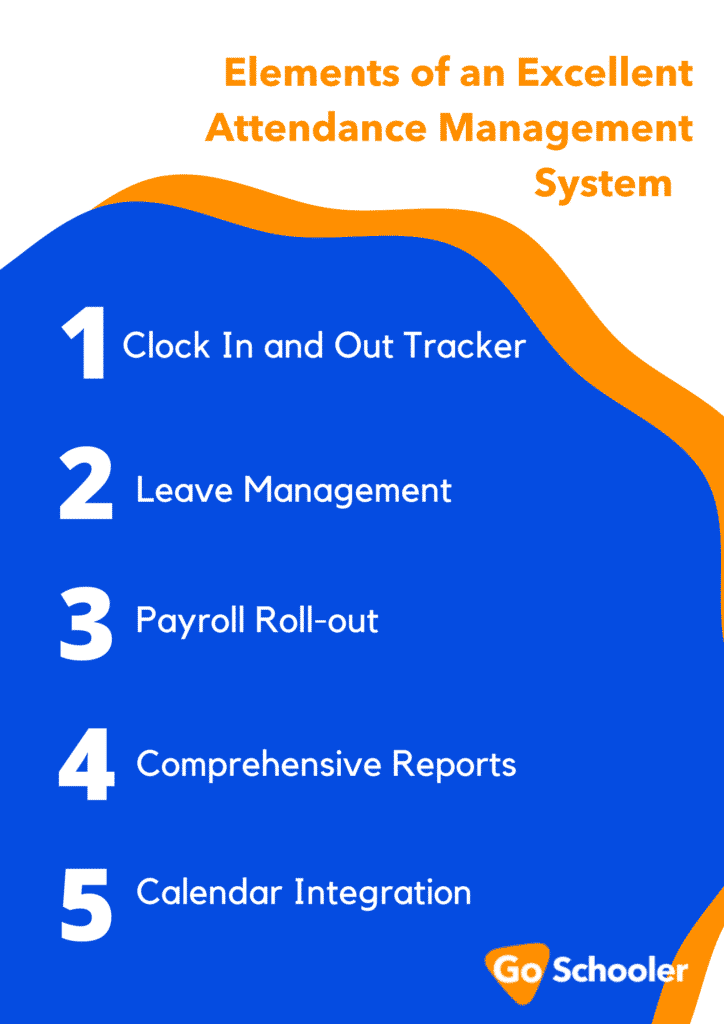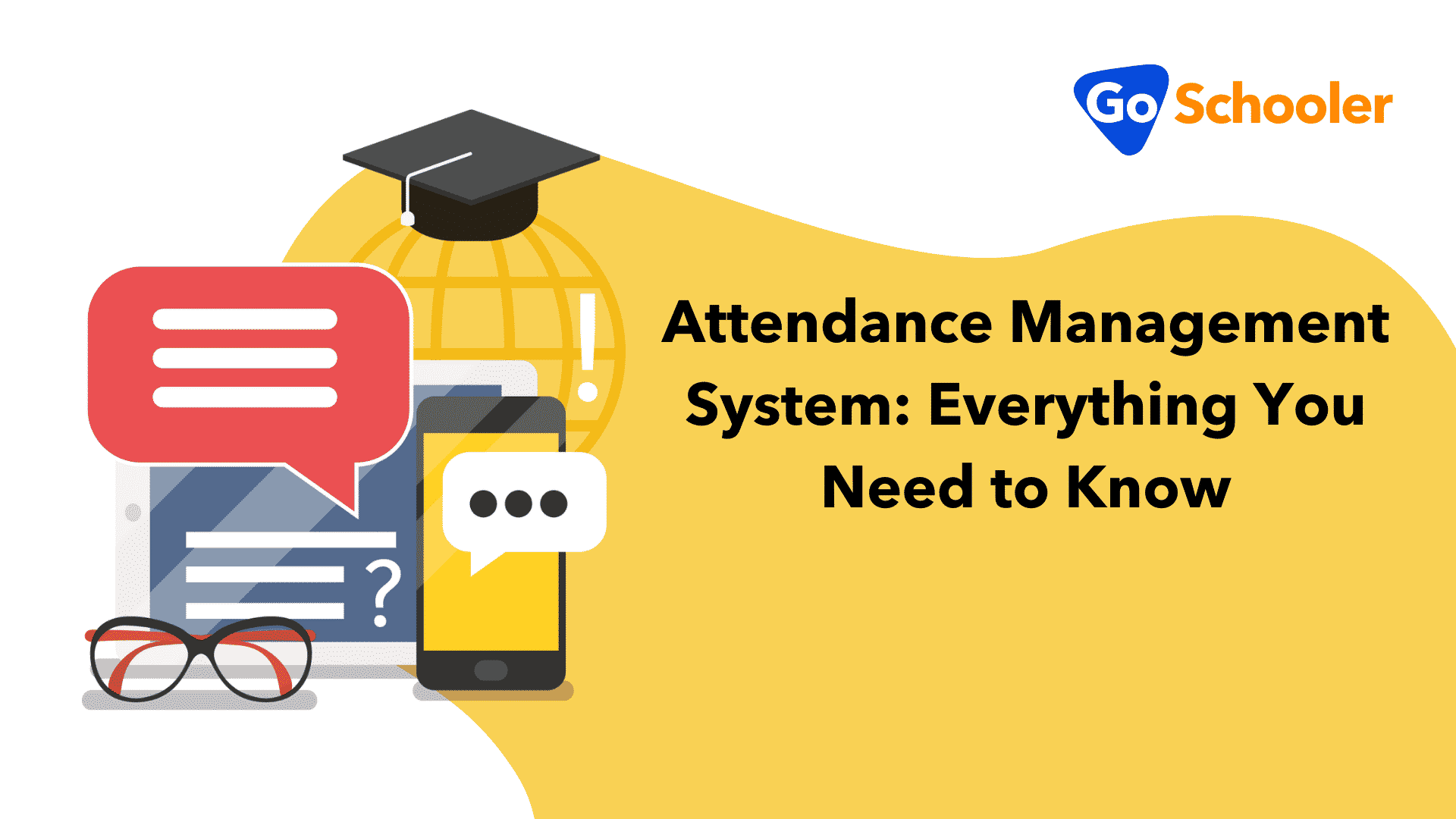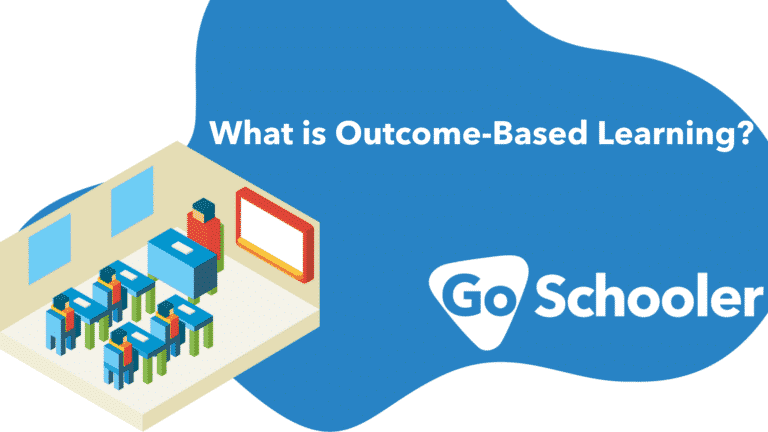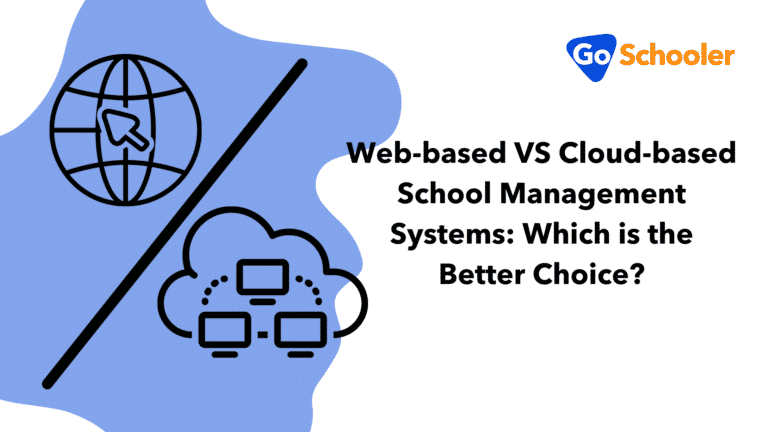Attendance management systems are not new in large industries. Even small to medium enterprises invest in this technology to capitalize on its efficiency. These industries use this simple system to keep track of their large populations. So, why aren’t schools doing the same?
If you plan to have one installed for your educational institution, let’s brush up on your knowledge about this topic, starting from the basics.
What is an attendance management system?
First and foremost, let’s break down what the system is at its very core.
You can have an organized attendance system without using any forms of advanced technology. The way you manage your school’s attendance sheets and the arduous process of the roll call is the system. However, these menial tasks are too tiring to do each and every day for an entire school year.
Attendance management, per se, is tracking the employees clocked in hours. At its very core, it is simply a recording tool. However, the management pertains to so much more. It involves scheduling and rotation, payroll calculation, and tracking of hours off.
It is a more complicated system than it lets on.
Reasons Why YOU Need an Attendance Management System
Organizations often overlook the telltale signs pointing towards acquiring automated attendance management systems. Schools, in particular, leave this responsibility to the teaching staff on top of their already crowded responsibilities.
If your attendance system is not yet automated, but your organization is riddled with these signs. It’s time to make the leap.
1. There are several errors in your attendance records.
The first and most telling reason why you need an attendance system is the presence of errors in the record. Most of the time, manual attendance tracking can be too exhausting due to the number of students.
Some students may fake their attendance, asking their friends to pretend that they’re around even if they are not. Faking attendance may be one of the oldest tricks in the book, but it still happens from time to time.
The errors can also be rampant among the staff. If there are several instances when the available teachers are not enough to accommodate the needs of the students, that will pose a significant problem. When there are errors in the records, there might not be enough substitute teachers to take over the tasks of the absent teacher.
These mistakes may seem insignificant, but these affect the regular school operations. An automated attendance system will record factual data in real-time.
2. It is easy to modify and tamper with attendance records.
In line with an attendance record full of errors, it’s also time to have an automated system if it’s relatively easy to tamper with the documents.
With an automated attendance system, only a select few have the authority to change the existing data and make changes to them. On top of that, students and other school staff members cannot cheat the system to favor their situation.
3. You don’t have access to reliable data.
This third point is a summation of the previous ones. Once you have a data pool full of errors and highly susceptible to tampering, you obviously don’t have access to reliable data.
This data is necessary for making necessary costly decisions, such as benefits and compensation. With easy-to-tamper data, those with ill intentions will do what it takes so that their records will reflect a complete and violation-free attendance record. Imagine how unfair that will be for the school—paying compensations in full without getting the promised service in return.
The same situation goes for calculating pay benefits, such as overtime pay. As the rate often changes for this circumstance, factual attendance data is a necessity. Otherwise, you’ll be giving out more salary than what was actually serviced.
If all these three points check out your warning checklist, better invest in an automated attendance management system.
Types of Attendance Management Systems
Attendance management systems make use of both software and hardware. Different tools that serve complementary services for the end-users. Despite the difference in the hardware tools, the software system used stays the same.
At this point, let’s look at the difference between the types of attendance management systems.
Radio Frequency Identification (RFID)
RFID-based attendance systems make use of RFID towers and tags.
The towers process the data from the data tags in real-time. Some types of RFID tags, such as those embedded in cards, need to be tapped on a console before data processing. However, others don’t need to. The RFID tower can pick up the data from the tag and process them immediately.
Without the need to tap any card, this system can be quite expensive to maintain. The hardware needs to be activated at all times. However, its total reliance on the technology cuts out other expenses on the workforce too. It’s a much welcome trade-off that you might want to look into.
The counterpart software can be any attendance management software. But, for schools, it is ideal to go for comprehensive school management systems like GoSchooler. GoSchooler has an extensive attendance system that ensures benefits for all stakeholders.
Biometric
On the other hand, there are also biometrics-based attendance management systems that require another form of hardware.
Biometrics systems use physiological or biological traits that remain unchanging over time. The most common identifier used is the thumbprint. Its distinctive texture and form vary from each person, making it an excellent ID. Other high-tech biometric consoles identify corneas and voice tones.
This hardware automates the data process, as well. However, problems may arise when the person forgets to log in using the console when entering an area with someone else. If this happens, the activity will not be recorded by the system. It can be inputted manually later on, but it can be much of a hassle.
Elements of an Excellent Attendance Management System

Regardless of the hardware used, an excellent attendance management system must have the following elements.
1. Clock In and Out Tracker
First of all, your attendance management system must have a rigid clock-in and out tracker to make sure that each activity is appropriately recorded.
Ideally, the tracker must note the time, area of entry, and the identity or code to identify the user ID. An excellent management system covers these factors and more. It’s better if you can configure the settings to add or remove data to fit your needs better.
2. Leave Management
An excellent attendance management system must also have a built-in leave management system that will adjust the existing records accordingly. Top-notch systems boast portals where users can check their current leave credits. The portal also lets them apply for leaves without going through the entire process of submitting written forms.
Having an automated system handling leaves creates more accurate decisions. The system can determine the optimal number of leaves for busy days and slow days.
3. Payroll Roll-Out
One of the most significant benefits that attendance systems offer is the accuracy of payroll roll-out. This benefit is especially highly regarded for businesses that provide hourly compensation. For schools, it is a necessary tool for calculating overtime work.
With an excellent attendance system, you can provide specific and accurate data in your payroll accounts. It adds up to the transparency that is necessary for any financial transaction. More than that, it provides clear expectations from both parties that they are rightly compensated for the efforts that they bring in.
4. Comprehensive Reports
Comprehensive and exhaustive attendance reports are essential documents for large organizations composed of several sectors, such as schools. These reports are considered historical data that will serve as excellent reference material over the years to come.
An attendance management system that provides these reports showcases its effectiveness. Even for machines, handling and processing large amounts of data isn’t an easy task. Providing daily, monthly, and yearly reports are a whole other feat as well.
5. Calendar Integration
It goes without saying that you must invest in attendance systems that present calendar integration as one of its main features. School attendance is highly reliant on its timetable of activities. If your attendance system doesn’t allow you to integrate your existing schedule, you need to input each event manually. It takes more time and effort, which cancels out the reason why you got an automated system in the first place.
When the system has a calendar integration feature, all your upcoming events will synchronize with the attendance software’s internal calendar. It can serve as your additional reminder when the time comes.
Attendance Management Systems Available Today
With the essential elements laid out, look at these existing attendance management systems. Browse through the features of each and decide which one best fit your school attendance needs.
1. GoSchooler
GoSchooler is an all-in-one school management system that has an intricate attendance management feature. It makes use of an RFID-based attendance system where they take care of the installation and maintenance of the RFID hardware consoles.
There is no problem incorporating the school schedule with the attendance system as a comprehensive school management system. More than that, GoSchooler also generates several reports daily, including attendance.
Lastly, GoSchooler’s attendance feature has distinct categories for teachers, school admin, and students. The system automatically classifies the attendance record of each individual registered to the system.
2. QuickSchools
Screenshot from QuickSchools
QuickSchools online student information system takes and manages attendance with ease. One of the main goals of this management system is to eliminate errors and tampers.
It makes use of a table to organize the students’ attendance records. With a few clicks, you can share these records with their parents through cloud-sharing. Aside from tables, QuickSchools also makes use of adequately labeled attendance charts that are easy to digest.
On top of that, this attendance management system provides a communication channel with parents called the Parents Portal. Parents can easily access this site to double-check their child’s current attendance behavior.
3. MyClassCampus
Screenshot from MyClassCampus
MyClassCampus offers both web-based attendance management and an array of machine-based attendance systems. It provides both RFID and biometrics systems for machine-based.
This system promises no manual work and real-time processing of data. On top of that, it provides instant communication channels when there are absences or bouts of tardiness. Also, as a comprehensive school management system, MyClassCampus promises full integration between the school management system and the attendance system.
It also offers clear and concise reports. These reports provide both the overview and detailed versions of a user’s attendance record.
4. SchoolPass
Screenshot from SchoolPass
As the software’s banner states, SchoolPass is a modern student attendance automation for schools. Unlike GoSchooler, this software focuses on attendance automation.
This system makes use of physical and digital IDs to make the process less taxing for everyone involved. The mobile app receives timely notifications to indicate sign-ins, outs, and marks for tardiness. All the data processed in the mobile app are directly transferred to the system’s cloud and processed into detailed reports.
As for the web version, SchoolPass makes use of tables and figures to represent the data correctly. Teachers and parents alike navigate through the information quickly without mixing the record of one student as another’s.
Why is an attendance management system essential?
What are the key features of an attendance management system?
1. Automated Attendance Tracking
2. Attendance Report Generation
3. Leave Management
4. Calendar and School Timetable Integration
Key Takeaways
Efficient attendance management is manageable with or without the aid of software tools. However, the convenience that comes from attendance automation is a creeping need for large organizations. Having one means lessening the load of the teachers.
Organizations have several reasons why they choose to invest in attendance management software suites. But, if your school already encounters any of the situations above persistently, do yourselves a favor and get one. Think of it as a long-term investment with a good return.
The software suites listed above are just some of the most effective attendance management systems today. But, these promise the best performance that will make sure that you’ll get the best value out of your money.







